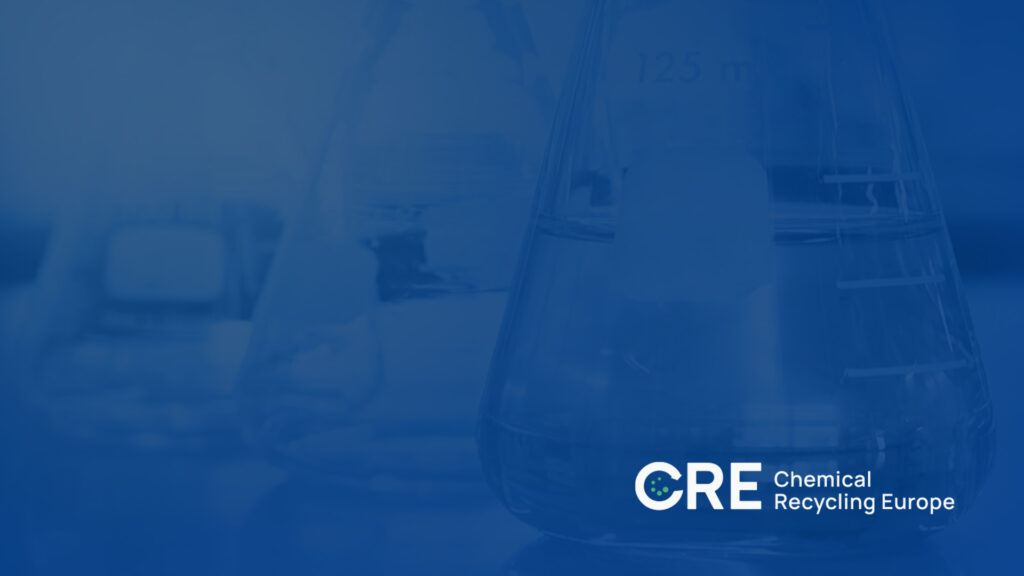Chemical Recycling: a complementary recycling solution to boost plastics circularity and reduce the carbon footprint
The European Commission with its Circular Economy Action Plan has set ambitious targets for the EU member states. It aims to overcome traditional linear patterns of production and consumption, to keep resources in use for as long as possible, and to recover and regenerate product and materials at the end of their service life.
As part of its Circular Economy Package, the Commission depicts its ‘vision for Europe’s new plastics strategy’ by setting clear goals to curb plastic waste, increase resource efficiency, and create value and job growth in Europe. However, by focusing its strategy on mechanical recycling, it falls short of presenting a comprehensive approach. Concrete steps towards increasing plastic waste recyclability and reducing landfilling and incineration involves supporting innovative recycling solutions such as “Chemical Recycling”.
Chemical Recycling of polymer waste is defined as any reprocessing technology that directly affects either the formulation of the polymeric material or the polymer itself and converts them into useful products like monomers, basic-chemicals, alternative fuels and other value-added materials.
Targets set up in the EU plastic strategy (10 million tonnes) will not be achievable without implementing of chemical recycling. As the collection and recycling system is not (yet) cost-effective and the quality of the recyclate is not sufficient to replace virgin plastic on a large scale, current mechanical recycling has limitations. Chemical recycling is a complementary solution to overcome the current challenges of mechanical processes to increase overall recycling rates.
To this end, chemical recycling is of high importance as it targets heterogeneous and contaminated plastic waste material when separation is neither economical nor completely technically feasible. Chemical recycling plastics is important to conserve natural resources and protect the environment, as it can reduce the amount of virgin oil needed to produce commodity plastics and reduce landfilling or incineration of plastic waste, thus contributing to the creation of a circular plastics economy and cleaner environment.
However, the race to develop the technology that can provide a solution to recycle hard-to-recycle plastic waste is outpacing the regulation and policy around it. Lack of structured and harmonized approach to waste collection and recycling causes constraints on companies that can create new value-added products from this waste.
Therefore, Chemical Recycling Europe welcomes any opportunity to work together with the whole plastics value chain and EU and National policymakers to develop new EU regulatory and policy measures to boost the circular plastic economy by finding sustainable solutions for the following critical policy areas:
1. Recognition of chemical recycling: create a supportive framework to fully exploit the potential of chemical recycling technologies.
2. A level playing field for recycling technologies: Implementation of the same EPR systems for mechanical and chemical recycling and recognition of chemical recycling as recycling in the waste hierarchy, to support collection and ensure it counts towards EU recycling targets.
3. Efficient collecting and sorting processes: high performance sorting of the input materials needs to be performed to ensure that plastic types are separated to high levels of purity.
4. Redefining the plastic waste segregation and identifying the most sustainable option for the individual treatment of specific waste streams across Europe.
5. Developing common EU standards of chemical recycling for different polymers.
6. A need for the further development of end markets for each recycled polymer stream.
7. Reducing landfilling and incineration of plastic waste: chemical recycling is a more sustainable and environmentally friendly alternative to incineration and landfill, this can be demonstrated by life-cycle analysis.
8. Clarifying the alignment between the end-of-waste status and REACH and ensuring harmonization across EU member-states.
